Colorful Creations: Incredible Coral
Soft corals
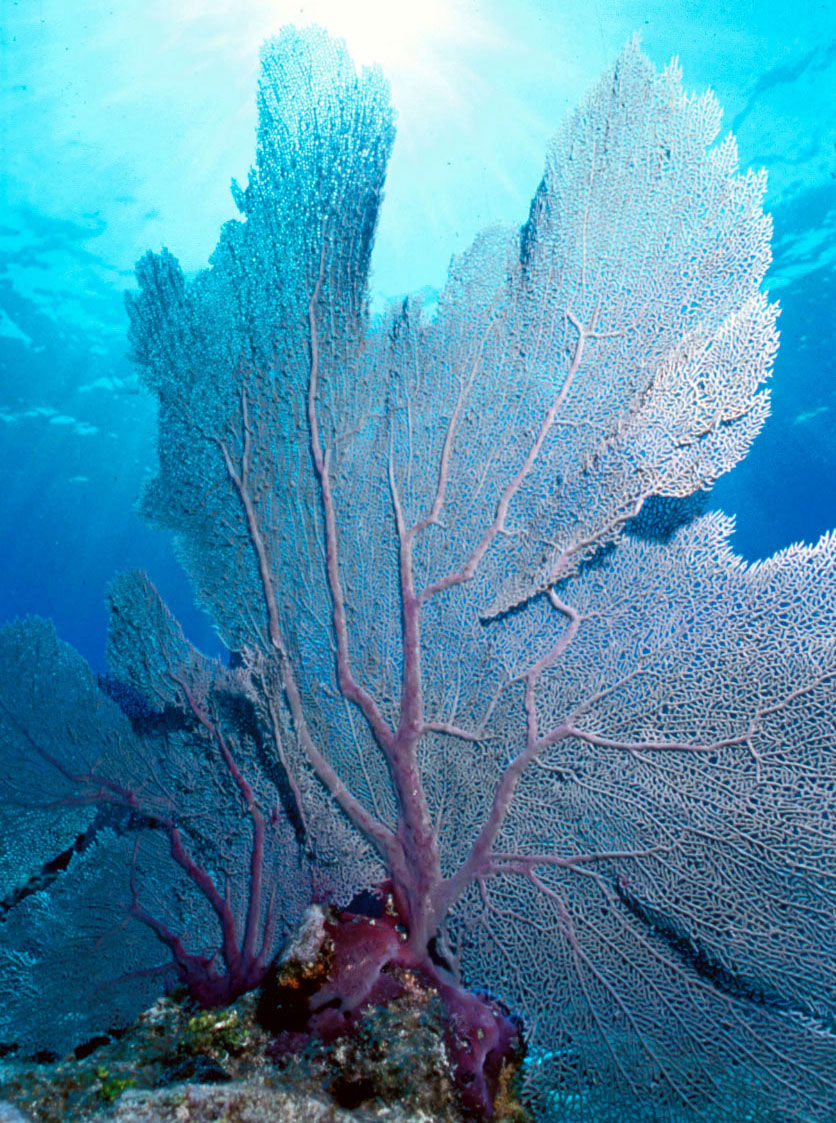
In addition to the hard corals, there are a variety of soft corals like this common sea fan (Gorgonia ventalina). The calcium carbonate skeleton of soft corals is located within their bodies, allowing them to move with the wave action. Sea fans typically grow so that the wave action is moving over the broad plane of their bodies, so all of the sea fans in an area will be oriented in the same direction.
Elkhorn and clubtip finger coral
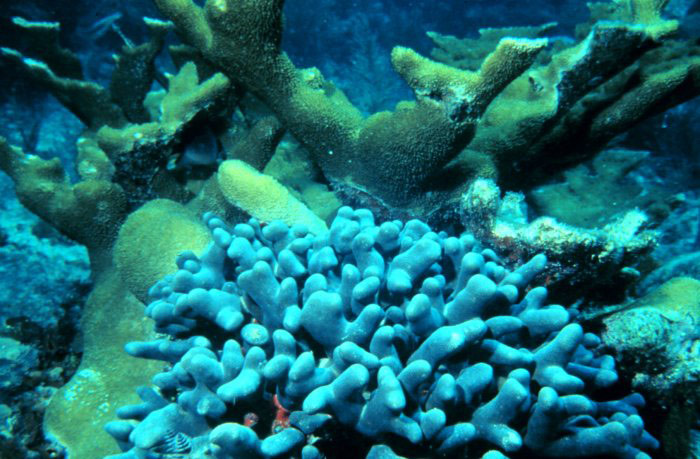
Elkhorn coral and a clubtip finger coral in the foreground.
Star coral
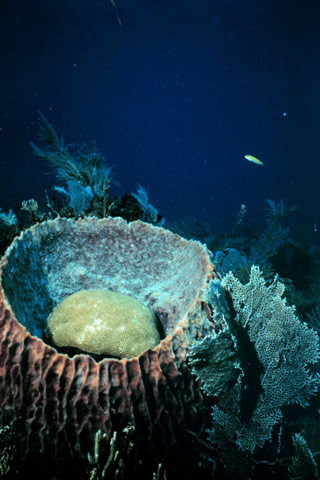
In the photograph, a vase sponge with star coral inside.
Orange cup coral
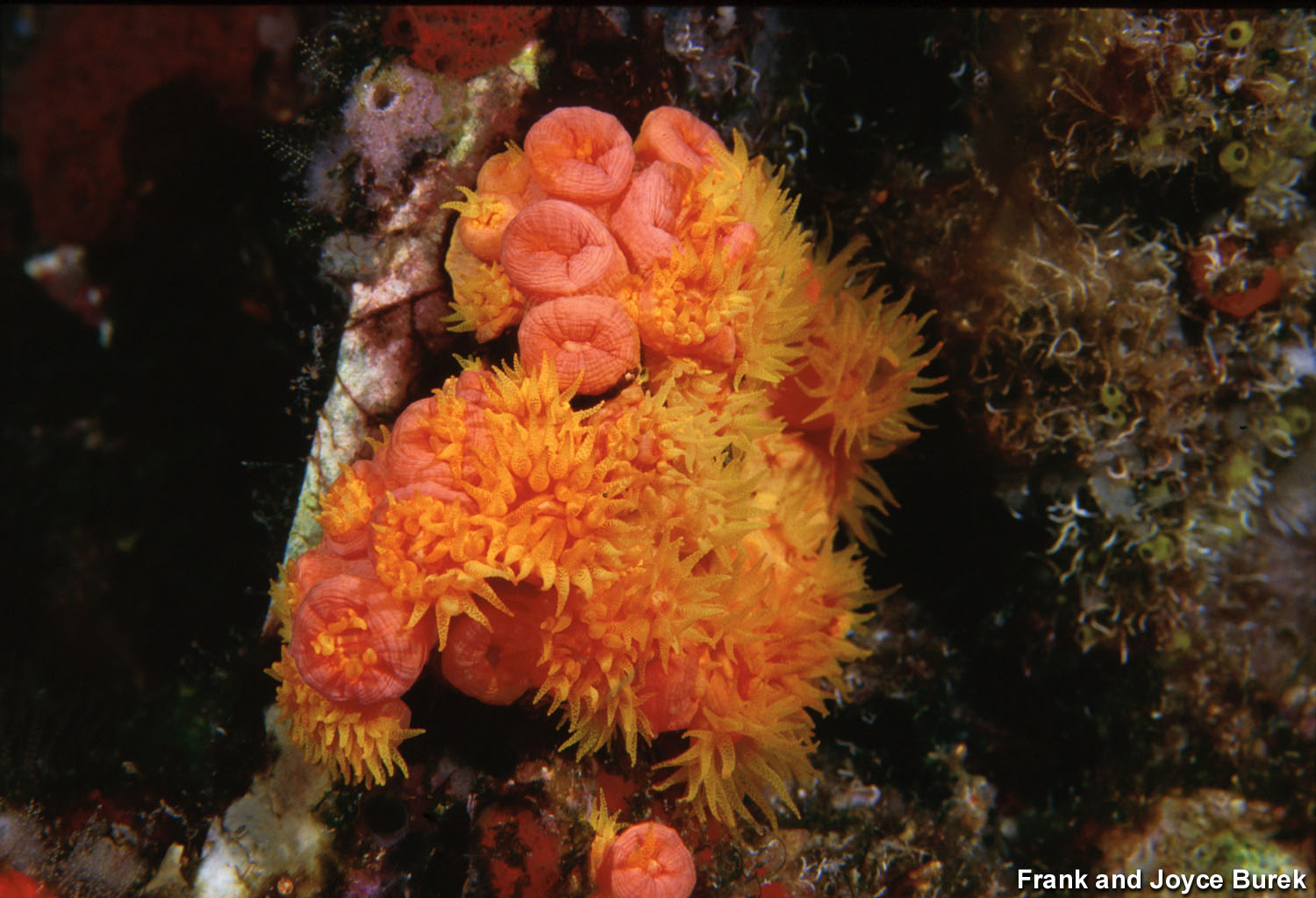
Orange cup coral (Tubastraea coccinea) found in oil platforms.
Star corals
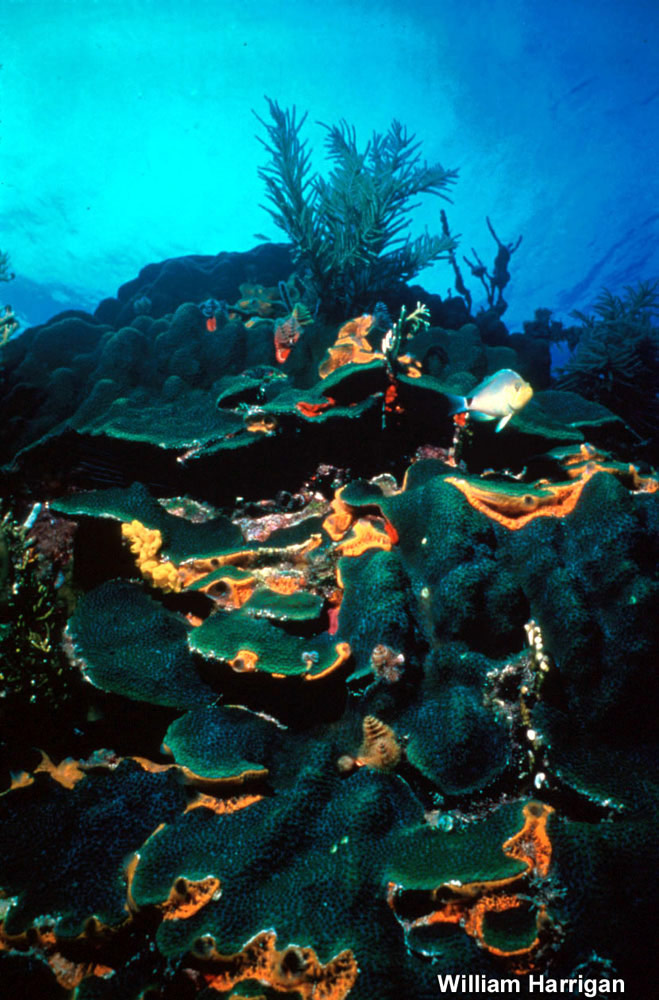
Boulder and massive corals, like this boulder star coral (Montastrea annularis), are the "builders" of the reef. A coral head is a colony of small animals called polyps. Polyps the size of a pencil eraser build an external skeleton of calcium carbonate around their bodies. The walls of these skeletons form a rock-like structure. Over time, as new polyps build their skeletons on top of each other, a large coral head is formed. The boulder and massive coral skeletons develop the main reef structure. Coralline algae and encrusting corals glue everything together.
Anemones
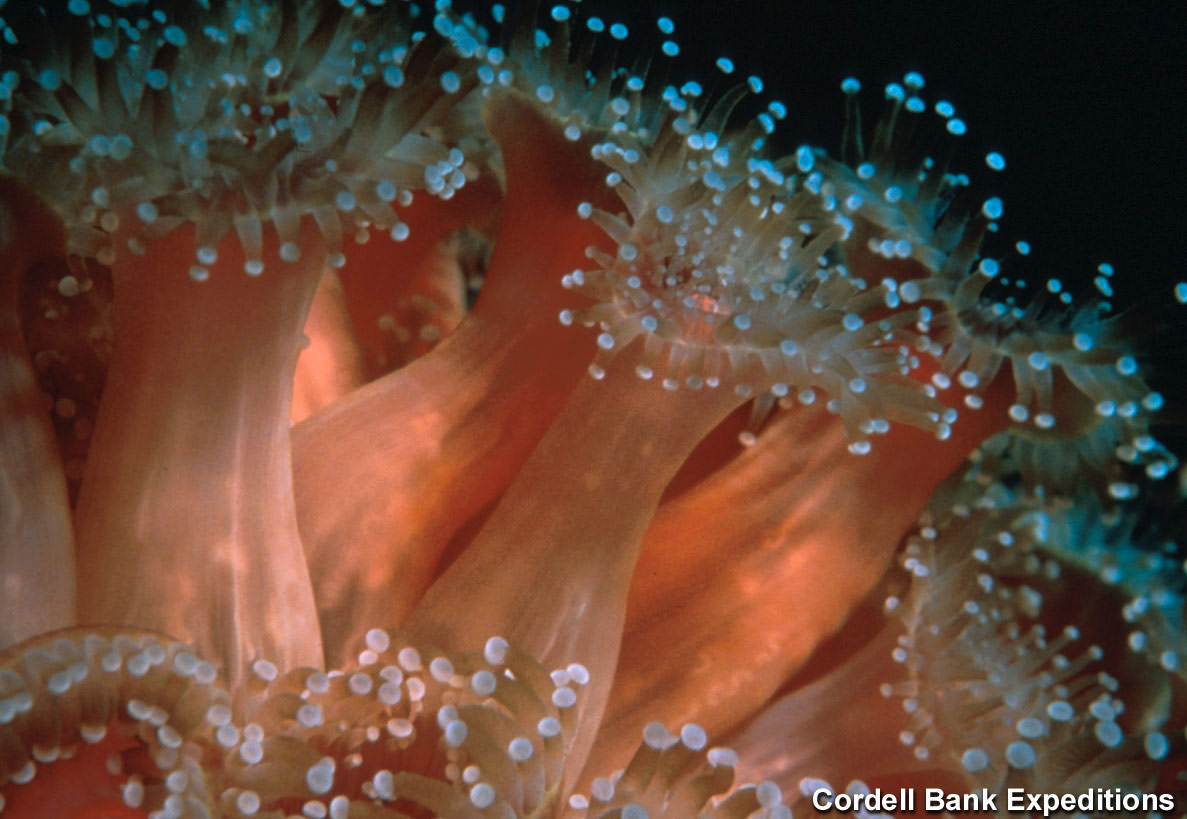
Tiny strawberry anemones stretch their starry crowns of tentacles to catch prey from the food-rich currents.
Get the world’s most fascinating discoveries delivered straight to your inbox.


